What to focus on, as your gardening chores for April:
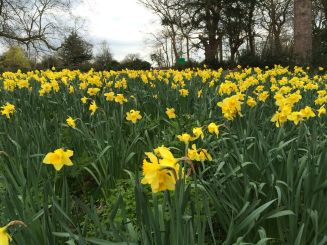 1. As the milder weather continues, take control of the weeds.
1. As the milder weather continues, take control of the weeds.
2. The lawn will need a Spring feed to control the weeds and to kill off the moss that has built up over the wet months. Once the moss has died, scarifying and then oversow the bare patches with the relevant grass seed.
3. Begin to tie in all the new growth on your climbers and rambling/climber roses to ensure they are secure for the season.
4. Your shrubs and trees may need the extra food boost, so feed them with a general purpose fertilizer such as Fish, Blood and Bone. Acid-loving plants will require an Ericaceous feed as well as sequestered iron to promote lush green growth and good flowering.
5. Mulching with bark, leafmould or compost after a wet spell, will ensure the soil is more moisture retentive and is also a good way of keeping the weeds at bay.
 6. Choose your desired method, but try to keep the slugs and snails off the fleshy young growth.
6. Choose your desired method, but try to keep the slugs and snails off the fleshy young growth.
7. Keep dead-heading your Daffodils and Tulips as well as feeding them with a liquid feed so they can store that food for the following year as the flowers begin to fade.
8. Plums and Cherry trees can be pruned now the risk of Silver leaf infection has gone.
9. Keep an eye on the weather forecast and protect tender plants, seedlings and blossom of fruit trees such as nectarines, apricots and peaches from those late frosts.
10. Sow your hardy annual and herb seeds and keep them under cover outside or in a greenhouse.
Happy Gardening!

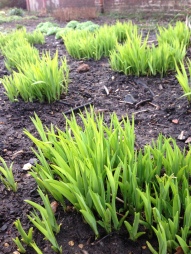


 1. Still ensure that all your tender plants are securely protected by fleece.
1. Still ensure that all your tender plants are securely protected by fleece.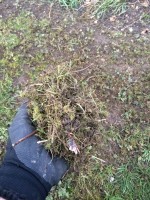
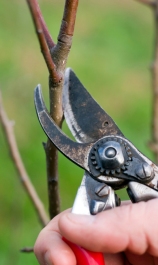
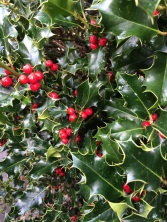




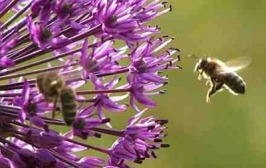 2. It’s an exciting month, as all Summer bedding can be planted out by the end of the month as the risk of frost decreases – don’t drop the guard,…still keep an eye on those night temperatures using 5 degrees or less, no wind and clear night skies as your indicator for a risk of frost.
2. It’s an exciting month, as all Summer bedding can be planted out by the end of the month as the risk of frost decreases – don’t drop the guard,…still keep an eye on those night temperatures using 5 degrees or less, no wind and clear night skies as your indicator for a risk of frost.




